Most players believe that the surface of the tennis court plays a very important factor in the game style and pace. What do you think? The hard-court tennis surface is one of these surfaces which present variable exit speed of tennis ball depending on the material of construction. In terms of ball speed, this court surface fall between that of grass courts and clay courts.
One might wonder why the name “hard” was chosen for this type of court surface. And that, won’t the hardness affect or damage tennis balls used for the game? The hardness is a comparative term used to distinguish it from the other types due to the materials used.
This court comes in different brands with variety of colours as specified by a customer. The brands may be referred to as different types of hard court obtaining their names from the kind of technology used for the court construction. The base material used for this court is either concrete or asphalt and that reflects the name of the “hard”. These courts are used in two of the grand slams which are Australian Open and US Open.
Brands of Hard Court – Have You Tried Any of Them?
It is interesting to find that some hard surface brands are not only used in tennis game but on netball, basketball, volley ball and other games. The main material of construction giving rise to its hard surface is concrete or acrylic with other materials used as the finishing surfaces. The topmost material used determine whether the court will be a slow one or fast.
There are several of the brands depending on the manufacturer’s design but I will be sharing some common ones used in professional tournaments. Among the wide range of designs, the most prominent ones found in professional tennis tournaments are
- DecoTurf
- Plexicushion
- GreenSet
- Rebound Ace
- Laykold
Currently, these courts are on the rise and are becoming more common in most places. This is as a result of the low maintenance cost of the courts. These brands are merely cushions designed based on customers request. The design therefore influences the speed of balls on the court
DecoTurf – Most Popular Among Them
This is one of the commonest cushions used for hard courts. It is overlaid on top of concrete or asphalt surface. DecoTurf brand is a hard-court surfacing product with exceptional features such as speed consistency of play, relatively low maintenance culture, long-lasting variable colours, durability and ability to customize to any customer’s prescription.
It also has unique resilient property that takes the pressure off one’s body without changing the normal course of ball bounces. This multi-layer cushioned surface mostly consists of layers of silica, rubber or acrylic material providing maximum player comfort as well as exceptional performance.
In terms of weather effect and other environmental degradation factors, it very resistant and has long-lasting terms. From specialists that construct this brand, the surface is cross sectioned into the following; filler course, heavy rubber course, fine rubber course, texture course, finish course and lines.
Unlike clay and grass courts, these courts do not require regular sweeping and rolling, watering, mowing and the likes. You just have to be ready to play. Just grab your racquet to test this type of court and you will enjoy it.
Currently, these brands can be seen at the following tournaments such as US Open, Canada Masters, China Open, Japan Open, Dubai Championships and others. This court has been used at Olympic games at Greece and China in 2004 and 2008 respectively.
Plexicushion – Replacer of Rebound Ace
This is currently the court surface used in Australian Open. It replaced the Rebound Ace surface in 2008 for professional tournament in Melbourne. It is also a cushion surface which shares similar advantages with that of DecoTurf. Does that make them the same? No, they are slightly different.
Like most of this hard-court brand which have layers of acrylic mix and rubber granules, the plexicushion is no different. From the makers of these courts, the Plexicushion brand has two set of three-layer acrylic combined with large or smaller granules of rubber. The first three layers of acrylic are mixed with the large rubber granules and the additional three layers acrylic are also mixed with the smaller rubber granules on top of that. This makes it a layer more than the Decoturf.
This enhances its cushioning effect making it easy on the body and thus quicker recovery for next day’s activity. But it does not change the characteristic ball bounce of a hard court tennis surface. This is because in the top layer, sand is mixed with the colour coating to give a texture of surface which controls the play speed thereby influencing the bounce of the ball.
Plexicushion, a hard-court brand for Australian Open per its design is able to withstand extreme weather, such as court temperatures in Melbourne that can reach 147 degrees. It does not lose the original properties in these conditions but maintains the consistency for players to enjoy the game.
GreenSet
Another cushion, layered on top of asphalt or concrete and sometimes wood due to the conditions on ground. The design surface uses acrylic and vinylic copolymers as binders with silica as principal mineral content. This brand has about four layers. The layers are categorized as base, base colour and finish layer which give the characteristic style of ball bounce as hard court.
This brand has also featured quite a number of professional tennis under International Tennis Federation (ITF) and on the ATP and WTA tours. It is also one of the brands selected for several occasional indoor events and is used currently in Paris Masters, Swiss Indoors and other tournaments.
Rebound Ace – Multi Sport Uses
Rebound Ace is a multi-layered cushion design with thickness ranging from 5 mm to 8 mm. This brand has a range of surfaces for tennis, netball, basketball, volley ball, badminton, futsal, gymnastics, cricket, and other multi-sport uses.
The surface layered on the concrete or asphalt base consist of polyurethane rubber, fiberglass, and other materials. As known of hard courts as variable speed courts, the ball bounce characteristics are customized by variance in the amount of sand used for the surface. In comparison to DecoTurf, Rebound Ace has more cushioning.
For about 20 years, Rebound Ace was the Australian Open official surface until 2008 when it was replaced by Plexicushion. The change was a result of some controversial claims by some players with the view that the court becomes sticky at high temperatures. This, believed to cause injuries and some inconsistencies in the tennis game. However, there is no evidence that it worse than other courts.
Laykold
Laykold is the official surface of the Miami open since 1984. It comes in different designs with materials such as polyurethane, rubber or acrylic. It also has liquid cushioned surface layered on concrete or asphalt.
This brand type has surfaces that can be constructed with cushion or without cushion.
DecoTurf, Plexicushion and Rebound Ace brands are product of California Products Corporation whiles Laykold brand is manufactured by Advanced Polymer Technology. These brands give a wide range of hard court tennis surface for individuals, organizations, institutions to choose from. But the ultimate thing is one should enjoy playing on any of them.
Style of Play on Hard Tennis Surface – Mastering the Court
The style of play on any court surface is mainly dependent on the speed of the ball after bouncing, height of bounce and spins used. The hard-court surface of variable speed has its ball bounce speed and height of bounce between that of clay and grass courts. Unlike clay courts in which players tend to be more defensive, players on hard court are compelled to be more aggressive.
For this surface, one is likely to observe flatter first serves especially if the court is playing fast, and more kick second serves as the court will take the top spin and ensure the returner is having to hit at shoulder or even head height.
Occasionally, players play drop shots when their opponent is at the side of the court or well off the back. Also, players with good flattening skills of ground strokes are able to accrue points as the balls are able to travel faster.
Best Career Hard-Court Records – Both Active and Retired
Can one player be a master of all the tennis court surfaces? You can leave you comments in the box below. In my opinion it’s very hard to come by such a player as I have not yet come across that.
As Rafael Nadal is known as the King of clay courts so are other professionals being commanders of certain other court surface. On hard courts, male players who have good command and have set remarkable records are Novak Djokovic, Roger Federer, Jimmy Connors, Andy Murray, Stan Wawrinka, Tomas Berdych, Marin Cilic, Kei Nishikori, Pete Sampras, Andre Agassi, Ivan Lendl and others.
Among the women, Angelique Kerber along with hard court stalwarts Agnieszka Radwanska, Simona Halep, Karolina Pliskova, Caroline Wozniacki, Petra Kvitova, Venus Williams, and Dominika Cibulkova have also chalked great records on the hard-court surfaces.
 Hard-Court Summary – Try it!
Hard-Court Summary – Try it!
The hard-court brands as described above are being advanced day in day out to improve on performance. The quest to provide players with the best feel on courts as well as reduction in injuries are major factors considered for the development of new advanced courts.
Hard court surfaces are good for both indoor and outdoor events which require very low maintenance cost compared to clay and grass courts. In addition, they are able to withstand harsh environmental conditions.
Playing on hard court is fun and I enjoy it most of the time. Do you agree with me? You can drop you comments in the box below to share you experience on hard courts.
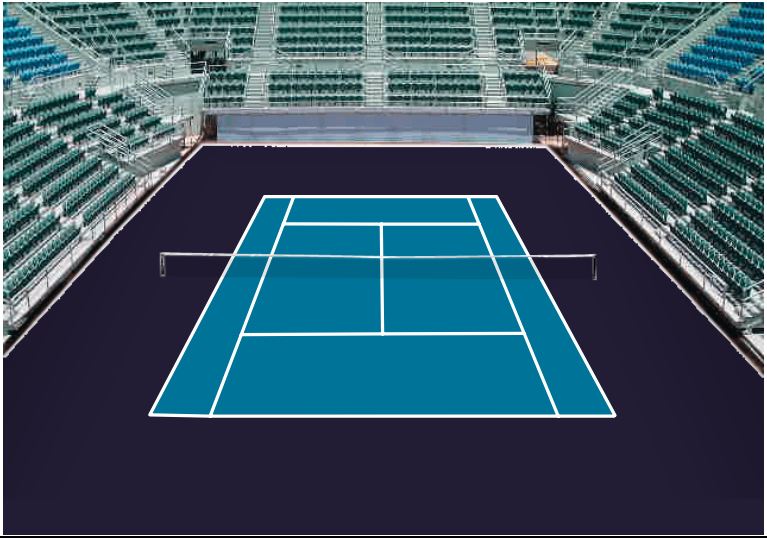
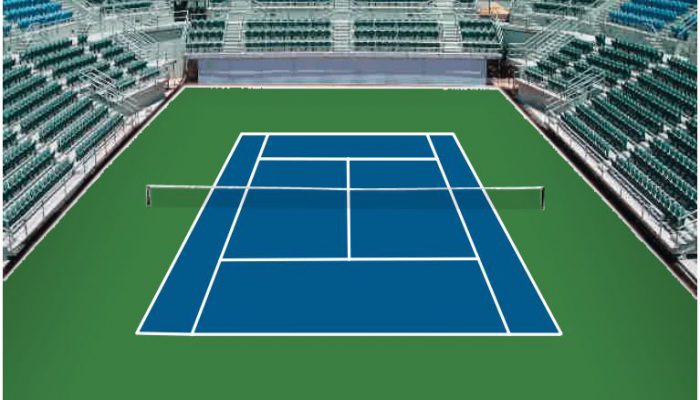
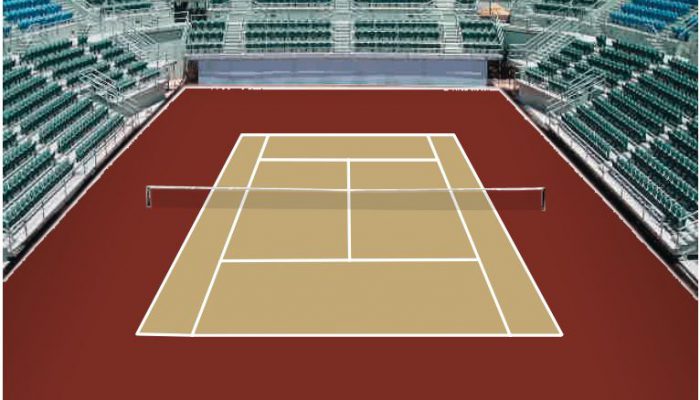
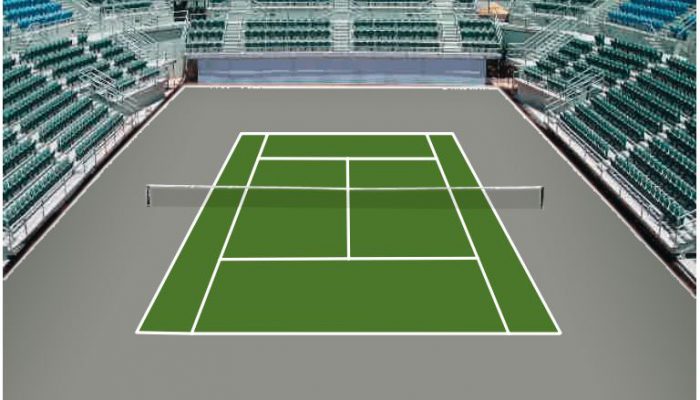


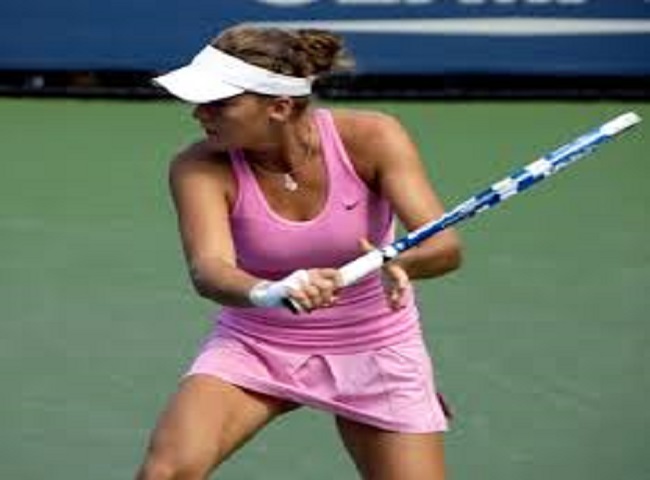





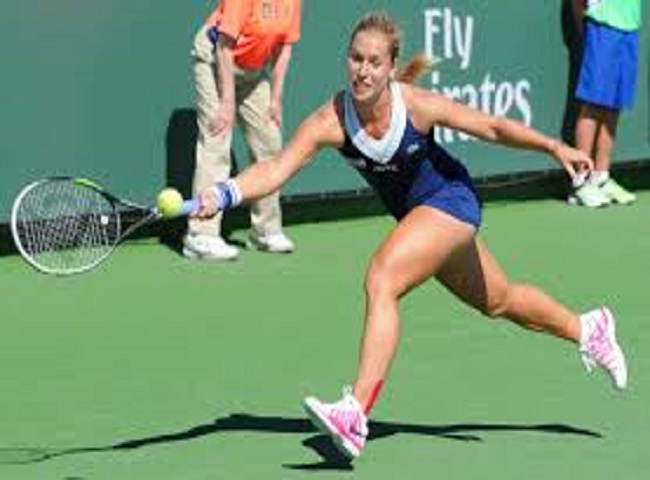
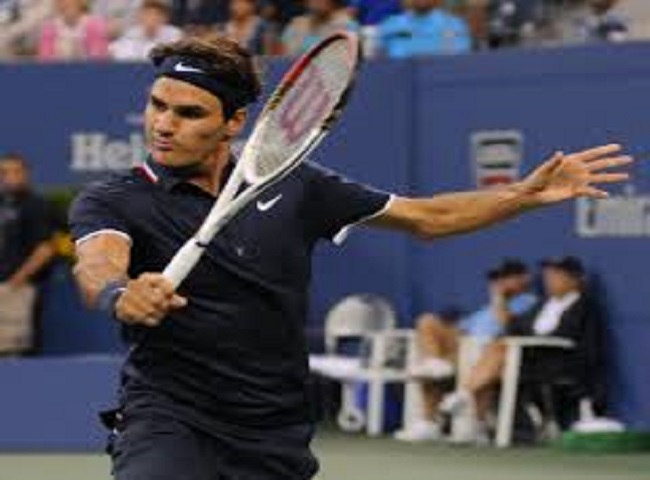


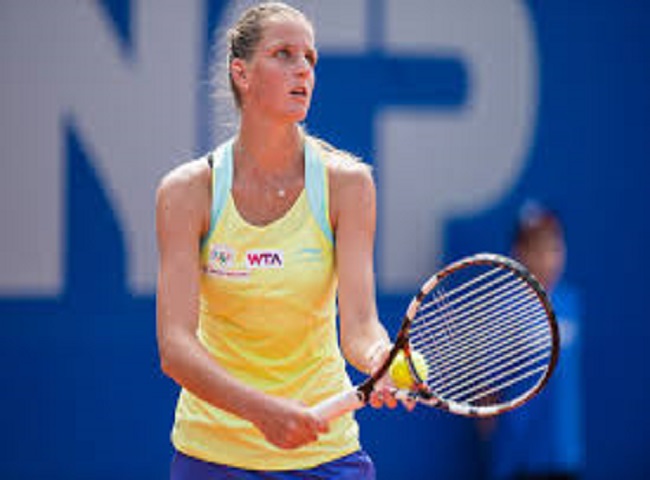
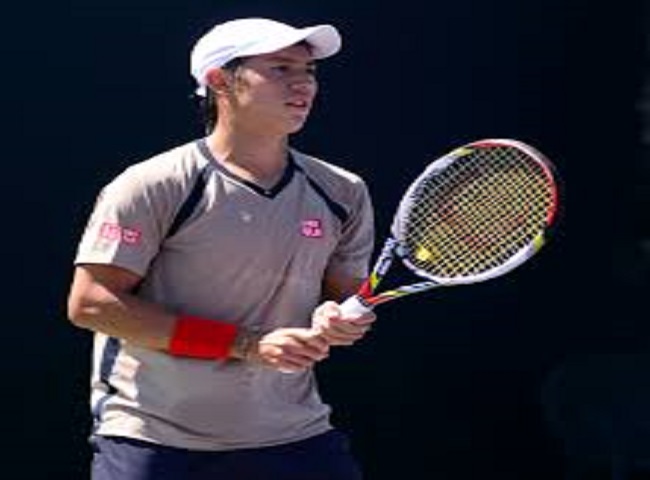

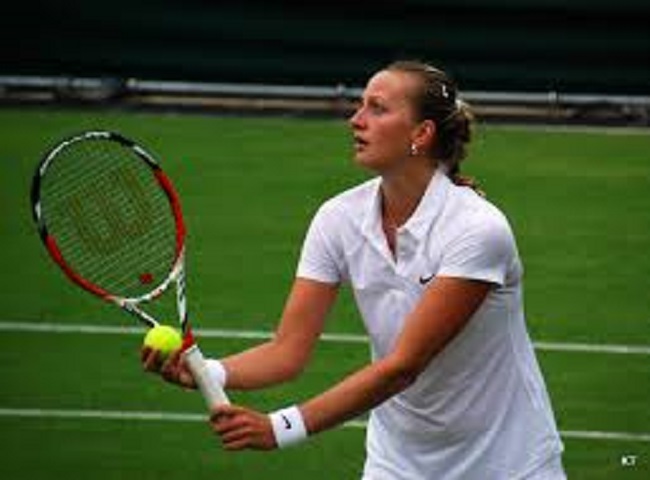
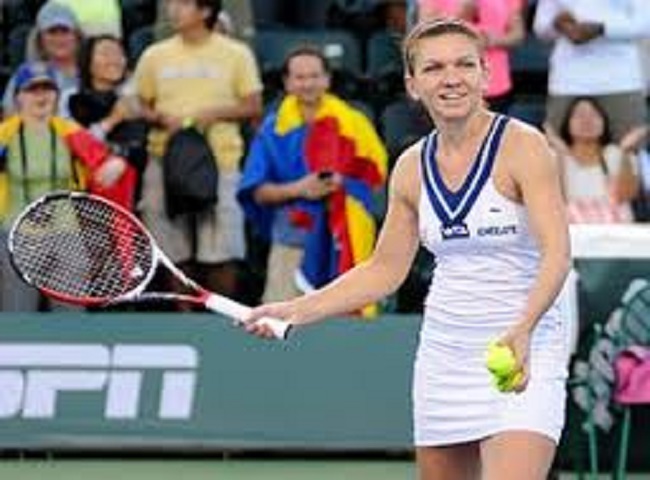


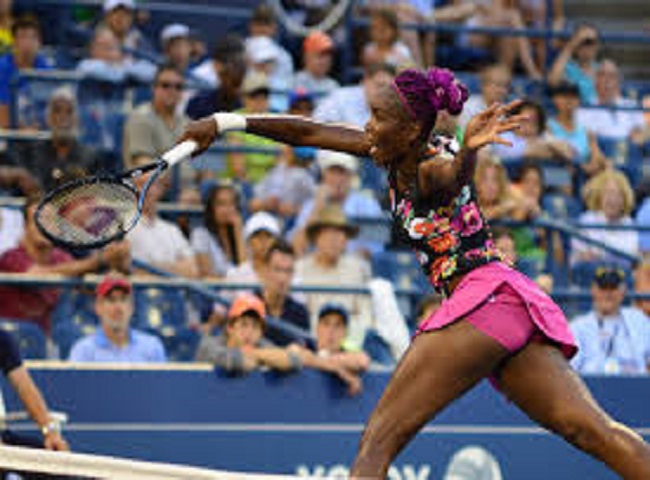
Great article. I love tennis since as a child. I used to love playing in the summer. I did not know there were several types of hard courts. Some of the public outdoor surfaces I have played are more like cement. Also, what type of hard court would you describe at the US Open at Flushing Meadows?
The hard court used at US Open is DecoTurf, an acrylic based (i.e acrylic + rubber + silica on asphalt or concrete) hard court
I never realised there are so many types of courts- I thought it was limited to around 3. Thank you for enlightening me with this great article.
It’s my pleasure, Vicki